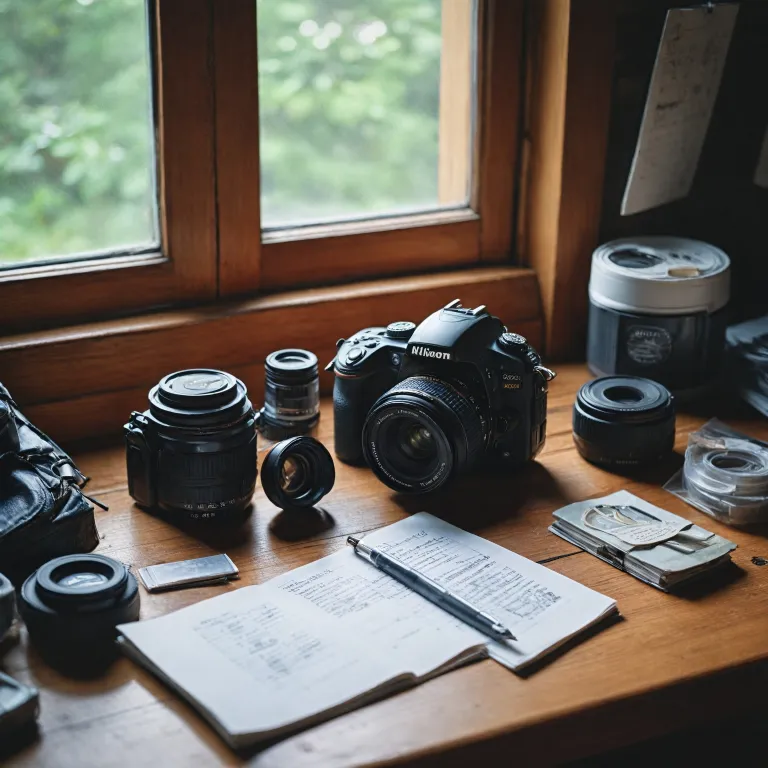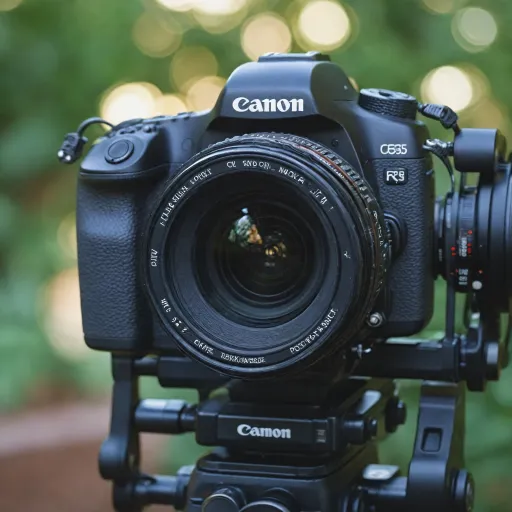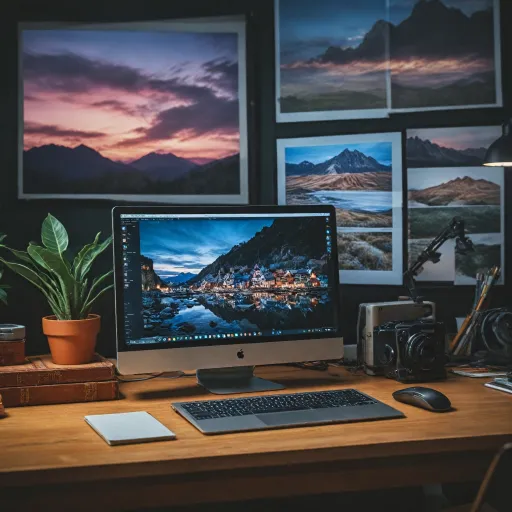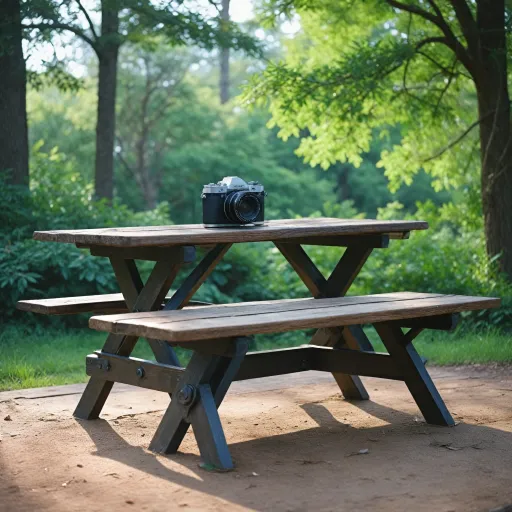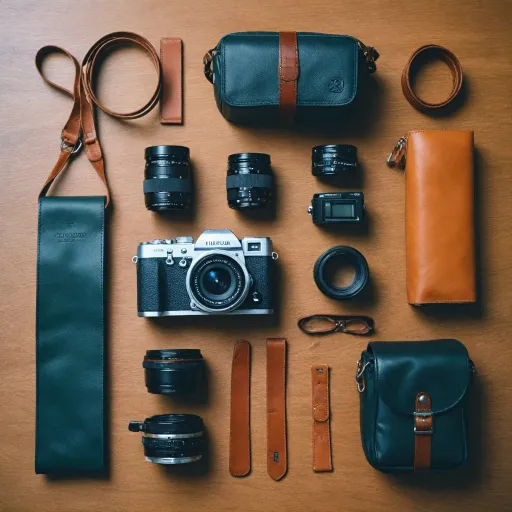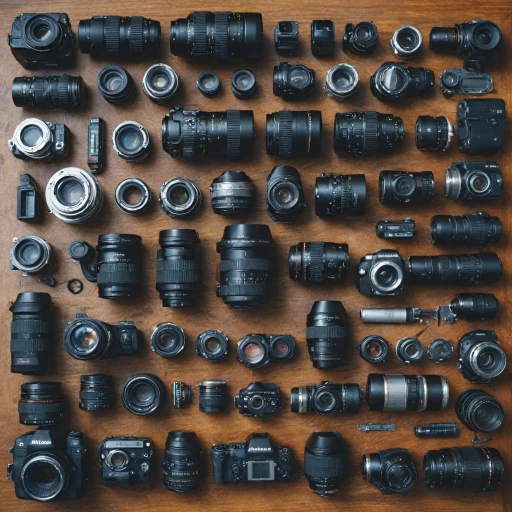
Understanding shutter count and its importance
Why Shutter Count Matters for Your Nikon D90
When exploring the world of digital cameras, especially models like the Nikon D90, one technical term often comes up: shutter count. This number represents how many times the camera’s mechanical shutter has opened and closed to capture an image. Each press of the shutter button, whether for a single photo or a burst of shots, increases this count. Understanding the shutter count is crucial for anyone interested in the longevity and reliability of their camera.
The Role of the Mechanical Shutter in Image Capture
The mechanical shutter is a core component in most Nikon cameras, including the D90. It controls the exposure by allowing light to hit the sensor for a precise amount of time, determined by the shutter speed. Every exposure, regardless of ISO setting, lens, or focal length, adds to the total count. Over time, the mechanical parts experience wear, making the shutter count a key indicator of camera life.
Shutter Count and Camera Value
For buyers and sellers, the shutter count can directly influence the price of a used Nikon D90. Cameras with lower counts are often seen as having more life left, while higher counts may signal the need for future maintenance. It’s similar to checking the mileage on a car before purchase. Knowing how to check the shutter count helps you make informed decisions about camera condition and value.
Comparing Shutter Count Across Camera Models
Different camera models have varying expected shutter lifespans. For the Nikon D90, the manufacturer provides an estimated number of actuations before the mechanical shutter might need replacement. This figure can help you gauge how much use a camera has seen and what to expect in terms of future performance. Features like sensor size, ISO range, and lens compatibility don’t directly affect the shutter count, but they do shape the overall shooting experience.
- Shutter count is a key factor in assessing camera life
- Mechanical shutter wear is natural with regular use
- Knowing the count helps with buying, selling, and maintaining your Nikon camera
To learn more about how Nikon cameras are evolving and what features set them apart, check out this overview of the latest buzz around Nikon cameras.
How the Nikon D90 records shutter actuations
How the Nikon D90 Tracks Each Shutter Actuation
The Nikon D90, like many digital cameras, uses a mechanical shutter to control how long the camera sensor is exposed to light when you take a photo. Every time you press the shutter button, the camera records one actuation. This actuation is stored in the camera’s internal memory and is often embedded in the metadata of each image file, specifically in the EXIF data. This process is automatic and does not require any manual input from the user.
- Mechanical Shutter: The D90 relies on a physical mechanism that opens and closes to let light hit the sensor. This is different from some newer models that may use electronic shutters.
- EXIF Data: Each image captured stores technical details, including the shutter count, ISO, lens focal length, exposure, and more. This information can be accessed with the right tools, which is useful when you want to check the camera’s usage history.
- Model-Specific Features: The Nikon D90’s way of recording shutter actuations is similar to other Nikon cameras, but the location and accessibility of this data can vary by model. For example, the Nikon D3100 has a slightly different method for storing and retrieving shutter count information. For a deeper look at how this works in another Nikon model, you can read about the features of the Nikon D3100 camera.
Understanding how your Nikon camera records each shot is important, especially if you plan to check the shutter count before buying or selling a camera. The shutter count is a key indicator of the camera’s life and overall condition, as it reflects how many times the mechanical shutter has been used. This number can influence the price and perceived value of the camera on the used market.
It’s worth noting that the shutter count is not reset by formatting the memory card or deleting images. It is tied to the camera’s internal system, ensuring an accurate record of usage. This feature helps maintain transparency and trust when evaluating the lifespan and reliability of a Nikon camera.
Methods to get shutter count on Nikon D90
Checking the Shutter Count Using Image Metadata
The most reliable way to check the shutter count on your Nikon D90 is by examining the metadata embedded in your photos. Each time you take a photo, the camera records detailed information—known as EXIF data—within the image file. This includes settings like ISO, exposure, lens focal length, and, importantly, the shutter count. The D90 stores the number of actuations in this data, making it accessible if you know where to look.
- Take a fresh photo: Use your Nikon camera to capture a new JPEG image. Avoid editing or resizing the photo, as this can sometimes strip out the metadata.
- Transfer the image: Move the photo to your computer using a card reader or USB cable. This ensures you have the original file with all metadata intact.
- Use an EXIF viewer: There are several free online tools and software options that can read EXIF data. Popular choices include Camera Shutter Count and ExifTool. Simply upload or drop the image file into the tool, and look for the field labeled 'Shutter Count' or 'Image Number.'
Alternative Methods for Verifying Shutter Actuations
While EXIF data is the most straightforward method, some users prefer dedicated software. Programs like Nikon's own software or third-party apps can read deeper metadata, sometimes revealing additional details about your camera's life and usage. These tools can also help confirm the mechanical shutter count, which is crucial for understanding the wear on your model.
Considerations for Privacy and Data Security
When using online tools to check your Nikon shutter count, be mindful of privacy policy concerns. Uploading images to third-party websites can expose sensitive information embedded in your photo files, such as location or camera serial number. If privacy is a priority, opt for offline tools like ExifTool, which run locally on your computer.
Quick Reference Table: Methods to Check Shutter Count
| Method | Required Tools | Privacy Level | Accuracy |
|---|---|---|---|
| Online EXIF Viewer | Web browser | Low | High |
| Offline EXIF Tool | ExifTool, computer | High | High |
| Camera Service Center | Professional service | High | Very High |
For those who regularly handle their camera or travel with multiple lenses, investing in quality accessories can make a difference. Consider enhancing your photography experience with a comfortable camera strap to keep your gear secure while you focus on capturing the perfect shot.
Common challenges when checking shutter count
Why Checking Shutter Count Isn’t Always Straightforward
While it sounds simple to check the shutter count on your Nikon D90, there are a few common hurdles that users often face. Understanding these challenges can help you avoid frustration and get more accurate information about your camera’s life and performance.
- File Format Limitations: Not all image files will display the shutter count data. The Nikon D90 typically embeds this information in the EXIF metadata of JPEG and NEF (RAW) files. If you use third-party software or convert images to other formats, this data might be lost or inaccessible.
- Software Compatibility: Some programs designed to check shutter count may not support the D90 model or may not read the metadata correctly. It’s important to use reliable tools that are updated for your camera’s features and sensor data.
- Privacy Policy Concerns: Online tools that require you to drop an image for analysis may raise privacy issues. Always review the privacy policy of any website before uploading your photo, as your image could contain sensitive information about your camera or shooting conditions, such as ISO, exposure, lens, and even location.
- Mechanical Shutter vs. Live View: The Nikon D90 uses a mechanical shutter for most shots, but some actuations (like sensor cleaning cycles or live view exposures) might not be counted in the same way. This can lead to discrepancies between the actual number of exposures and the reported count.
- Firmware and Model Variations: Different firmware versions or camera models may store shutter count data in slightly different ways. This can affect how easily you can access the information, especially if your camera has been updated or repaired.
What to Do If You Can’t Access the Shutter Count
If you’re having trouble retrieving the shutter count, try the following steps:
- Use a freshly taken, unedited JPEG or NEF file directly from your Nikon camera.
- Test multiple software options, including both desktop and online tools, but always check their privacy policy first.
- Consult your camera’s manual or Nikon’s official support for guidance on your specific model and firmware version.
Remember, knowing the shutter count is valuable for understanding your camera’s mechanical life and estimating its price on the used market. However, these challenges mean it’s important to use the right methods and tools to get an accurate count.
What shutter count reveals about camera lifespan
What the Shutter Count Tells You About Your Nikon D90
The shutter count on your Nikon D90 is a key indicator of the camera’s usage and potential remaining life. Every time you take a photo, the mechanical shutter opens and closes, exposing the sensor to light for a precise amount of time. Over time, these cycles add up, and the total number is what we call the shutter count.
- Mechanical Wear: The Nikon D90, like many cameras, has a rated shutter life. For this model, it’s typically around 100,000 actuations. This means the mechanical shutter is designed to handle about that many shots before it might need servicing or replacement. However, actual life can vary—some shutters last longer, while others may fail sooner, depending on usage and care.
- Camera Value: When buying or selling a Nikon camera, the shutter count is a major factor in determining price. A lower count usually means less wear and potentially more years of use. For sellers, providing an accurate count can help justify your asking price. For buyers, it’s a way to check if the camera is a good investment.
- Usage Patterns: A high shutter count doesn’t always mean the camera is in poor condition. Some photographers take thousands of shots in controlled environments, while others may use their camera less frequently but in harsher conditions. Always consider how the camera was used, not just the number.
- Other Factors: Shutter count is important, but it’s not the only thing to check. The sensor, lens mount, and other features like ISO performance and exposure accuracy also matter. A camera with a low count but signs of physical damage or sensor issues may not be a better choice than one with a higher count but excellent care.
Remember, the shutter count is just one part of the bigger picture when assessing the health and value of your Nikon D90. Combine this information with a close look at the camera’s overall condition, image quality, and included accessories to make a well-informed decision.
Tips for buying or selling a used Nikon D90
Key factors to consider before buying or selling
- Shutter count: Always check the shutter count before making a deal. This number gives a clear idea of how much the mechanical shutter has been used. Lower counts usually mean less wear on the camera’s moving parts.
- Camera condition: Inspect the body for scratches, dents, or signs of impact. Check the lens mount, sensor, and LCD screen for dust or damage. A well-maintained Nikon camera often reflects careful use.
- Image quality: Take a few test shots at different ISO settings and shutter speeds. Look for any sensor issues, dead pixels, or exposure inconsistencies. This helps ensure the camera still produces sharp, clean photos.
- Accessories and features: Confirm which accessories are included, such as the original lens, battery, charger, and memory card. Some sellers may offer extras like a camera bag or additional lenses, which can affect the price.
- Model and firmware: Make sure the Nikon D90 is running the latest firmware. This can impact compatibility with newer lenses and improve overall performance.
Negotiating price based on shutter life
The shutter count directly influences the value of a used Nikon D90. Cameras with a low count (under 20,000 shots) generally command a higher price, while those approaching the typical shutter life expectancy (around 100,000 actuations for this model) may be more affordable. Be transparent about the shutter count and any recent maintenance or repairs. If you’re selling, provide a screenshot or photo as proof of the count.
Protecting your purchase or sale
- Privacy policy: When buying online, review the seller’s privacy policy to ensure your personal information is protected.
- Meet in person: If possible, meet the buyer or seller in a safe, public place. This allows you to check the camera’s features, test the mechanical shutter, and verify the lens and sensor condition firsthand.
- Documentation: Ask for the original receipt, warranty card, and any service records. These documents can confirm the camera’s history and help with future support.
Quick checklist for buyers and sellers
| Check | Why it matters |
|---|---|
| Shutter count | Indicates mechanical wear and remaining life |
| Sensor and lens condition | Affects image quality and future repairs |
| ISO and exposure tests | Reveals sensor and shutter speed performance |
| Included accessories | Impacts total value and usability |
| Camera body size and weight | Ensures the model fits your needs |
| Focal length compatibility | Matches your preferred lenses |
By carefully checking these points, you can make a more informed decision when buying or selling a Nikon D90. Remember, a well-documented shutter count and a thorough inspection of the camera’s features and condition are key to a fair price and a smooth transaction.
